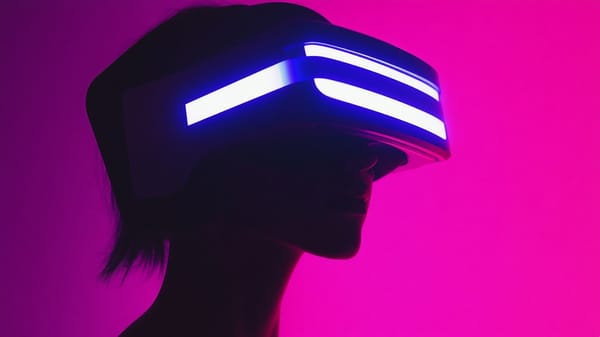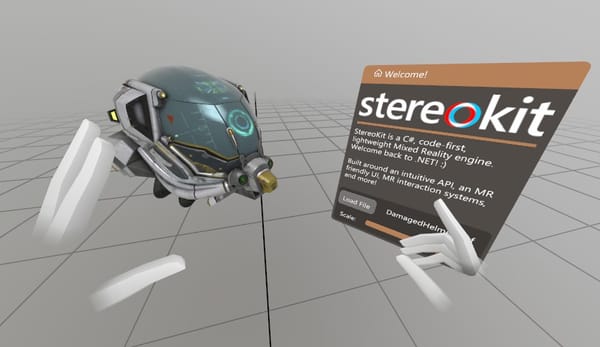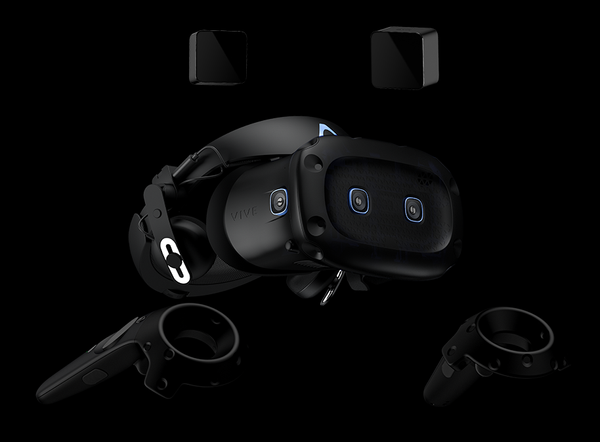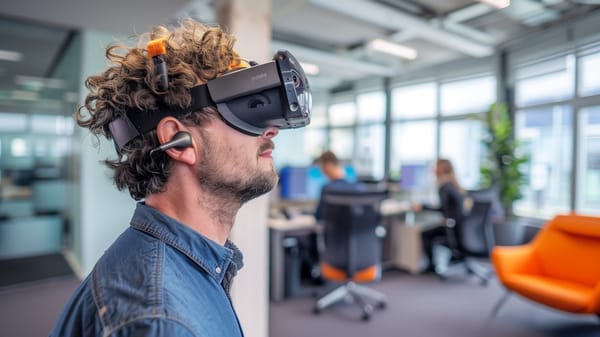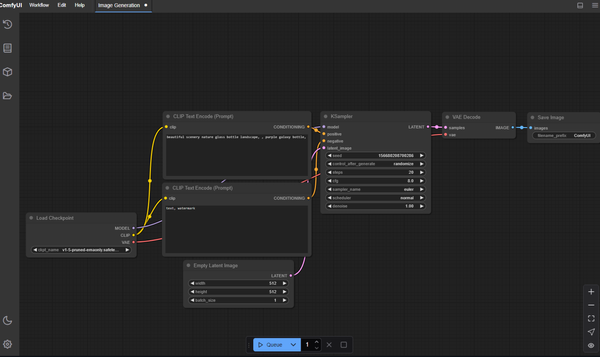Why Aren’t We Witnessing the VR Revolution Yet?
Are You Truly Ready to Put Your Mobile or Web App to the Test?
Don`t just assume your app works—ensure it`s flawless, secure, and user-friendly with expert testing. 🚀
Why Third-Party Testing is Essential for Your Application and Website?We are ready to test, evaluate and report your app, ERP system, or customer/ patients workflow
With a detailed report about all findings
Contact us nowTable of Content
In my recent project, Creating a VR Experience for ADHD, I explored how virtual reality can be used to help individuals with ADHD find focus and relaxation. Combining VR with calming environments, I aimed to create an immersive experience that fosters mental clarity. This article delves into how VR can be a powerful tool for managing ADHD symptoms.
I’ve been diving into VR for a while now. As someone who’s worked with A-Frame and Three.js on projects like "Peace of Mind," a VR game I developed to help people with ADHD focus and rest, I’ve seen the potential of this tech firsthand. I’ve even gotten to test some impressive VR hardware like the Meta Quest 3.
But despite all the buzz and promises from tech giants and startups, the VR revolution still feels like it’s waiting to happen. We have the tools, we have the software, and we have the open-source tech like A-Frame, WebXR, and AR.js that could take us to the next level. So why aren’t we there yet?
The Cost of Entry: VR Headsets Are Still Too Expensive
First off, let’s talk about the elephant in the room: the cost. VR headsets are still a significant investment. The Meta Quest series, while relatively affordable compared to some of the older options, still costs a few hundred dollars.
The higher-end VR headsets, like the Valve Index, run into the $1,000+ range, not including the price of a decent computer or console to run the thing. For many people, that’s a hefty price tag just for an experience that’s still evolving and feels, in some ways, like a niche interest.
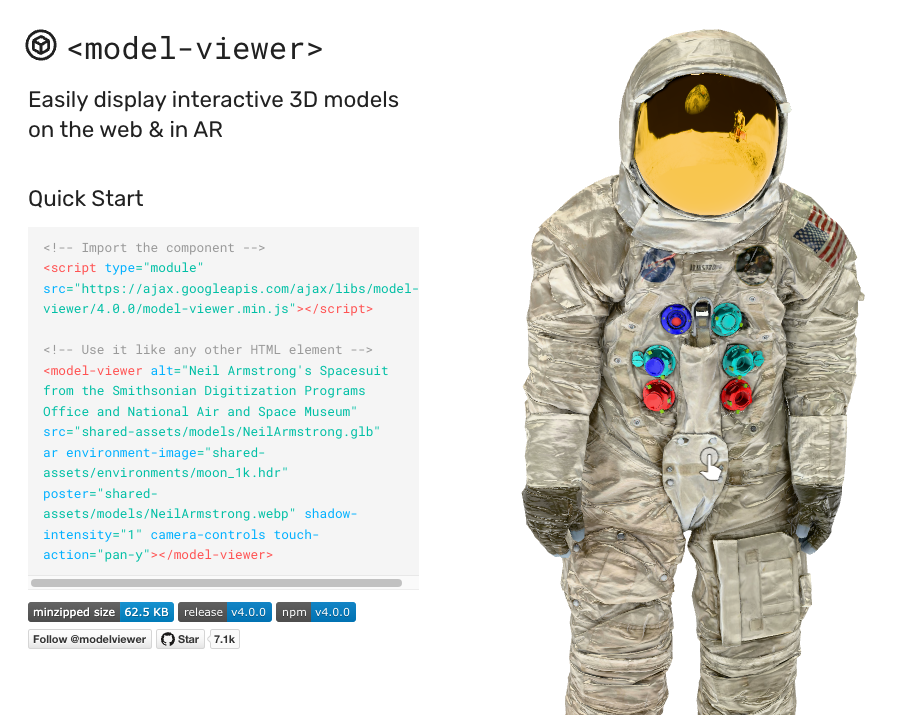
Sure, the technology to build VR apps has become more accessible. You don’t need to spend tens of thousands of dollars on equipment anymore. Web technologies like WebXR allow developers to create VR and AR experiences directly in the browser. And frameworks like A-Frame and Three.js make it easier for us to build immersive worlds and experiences. But when most people can’t even justify buying a VR headset, how can we expect mainstream adoption?
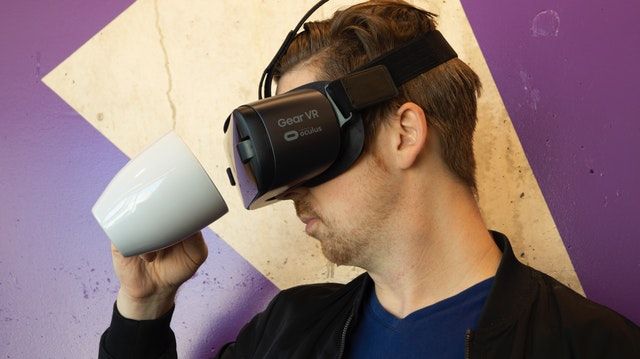
VR’s Limitations: The Hardware Isn’t There Yet
Another challenge is that VR headsets, while impressive, still have limitations. When I first tried out a VR headset at the Global Game Jam, I was excited about the idea of browsing 3D-enabled VR websites. But much to my disappointment, most sites I tried were stuck in 2D. I could see the potential, but the execution was still lacking.
A big issue is the lack of true immersive experiences outside of specific applications. Sure, VR has some incredible games like Half-Life: Alyx, which is one of the best examples of a VR experience done right. But for many of us, we’re still waiting for that "killer app" that’ll make us want to put on a headset every day.
On top of that, there’s limited VR content in education and medicine—fields where VR could truly shine.
There are educational VR experiences like Tilt Brush, where you can paint in 3D space, and simulations like VR Surgery that offer medical professionals training in a virtual setting. These are important steps forward. But they’re still isolated experiences, and many industries just haven’t bought in yet.
WebXR: The Open-Source Revolution That Could Change Everything
Here’s the thing—despite the hurdles, the tech is available. Platforms like WebXR could be the game-changer we’ve been waiting for. WebXR allows us to create VR experiences directly in the browser, eliminating the need for heavy-duty applications that often require users to install software or buy dedicated hardware. Imagine jumping into a VR experience from just a link in your browser. WebXR is still young, but its potential to democratize VR is massive. As an open-source developer who’s worked with A-Frame and Three.js, I see this as a way to make VR more accessible, both to developers and to users.
But we’re not there yet. The browser experience still feels rough around the edges, and many users aren’t fully aware of the potential of WebXR. The reality is that the tech is moving fast, but adoption hasn’t quite caught up.
The Elephant in the Room: Why Some Aren’t Investing in VR
Many companies, especially outside of tech, haven’t invested in VR. Sure, the big players are pushing VR for gaming, but the broader adoption of VR for things like education, healthcare, and business remains in the early stages.
I think it’s because people don’t quite see the value in VR just yet. It’s still seen as a novelty, a cool experience, but not something essential to daily life.
And let’s be honest—many people just haven’t cared to build. VR is a different kind of challenge. It’s not as simple as building a mobile app or a website.
It requires new ways of thinking, especially when it comes to user interface and user experience. Building something truly immersive that feels natural to the user is no easy feat. Many developers shy away from this complexity.
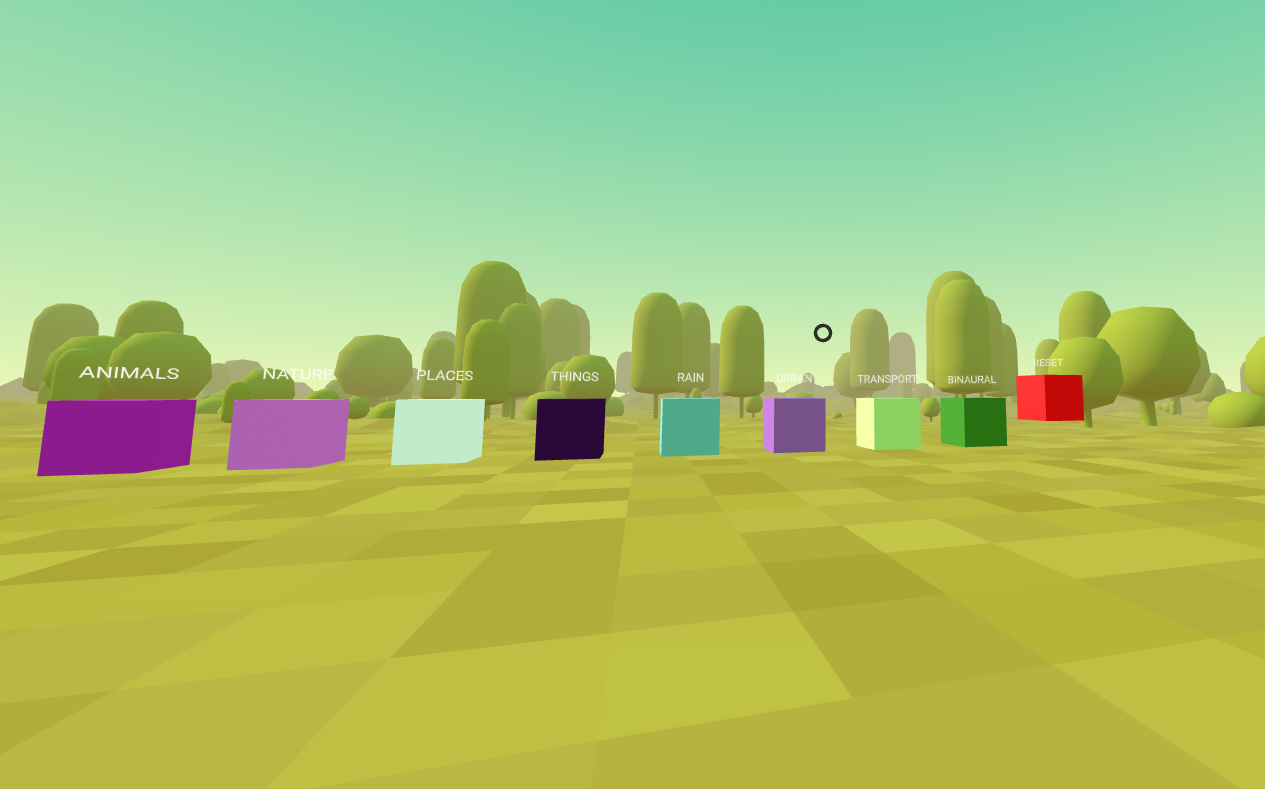
Why I Think We’re Not There Yet with VR
First off, the price of VR headsets is still a major roadblock. The technology to build VR apps is affordable, but the hardware remains expensive. Headsets like Meta Quest 3 are priced in the hundreds, which is a lot to ask for what’s still an emerging tech. Until the cost drops, VR will remain out of reach for many.
While we’ve seen VR used in education and medical training, it’s still not mainstream. The potential is huge, but industries are slow to adopt. Until businesses recognize VR as more than just a gimmick, it’ll continue to be relegated to specialized fields.
Lastly, the tech itself isn’t quite there. VR still feels clunky. Motion sickness is common, and the hardware isn’t seamless enough to make it a daily tool. The immersive experience is still artificial, and until it feels natural, the VR revolution will stay on the horizon.
Can WebXR change things for VR?
I really believe WebXR could be a game-changer for VR. Imagine being able to dive into a VR experience straight from your browser—no need for heavy apps or installations. It sounds awesome, right? The problem is, it’s still in its early stages. It’s got a lot of promise, but it needs some more polish before it can really become mainstream. We’re getting there, but it’s still a work in progress.
Conclusion: We’re Not There Yet, But We’re Getting Closer
The VR revolution isn’t happening today, but it could be happening tomorrow. The pieces are in place—affordable tech, open-source software, and growing interest in VR applications across multiple sectors. But the adoption hasn’t caught up to the hype, and the hardware is still out of reach for many people.
For developers like me, the road ahead is exciting. There’s so much potential in WebXR and in tools like A-Frame and Three.js that allow us to build in ways we never could before. But until VR headsets are more affordable, until immersive experiences become the norm, and until businesses see the long-term value of investing in VR, we’re going to have to keep waiting.
But trust me, the day will come. The pieces are in motion, and when the time is right, the VR revolution will happen. Until then, I’ll keep building, experimenting, and dreaming about what’s next.





